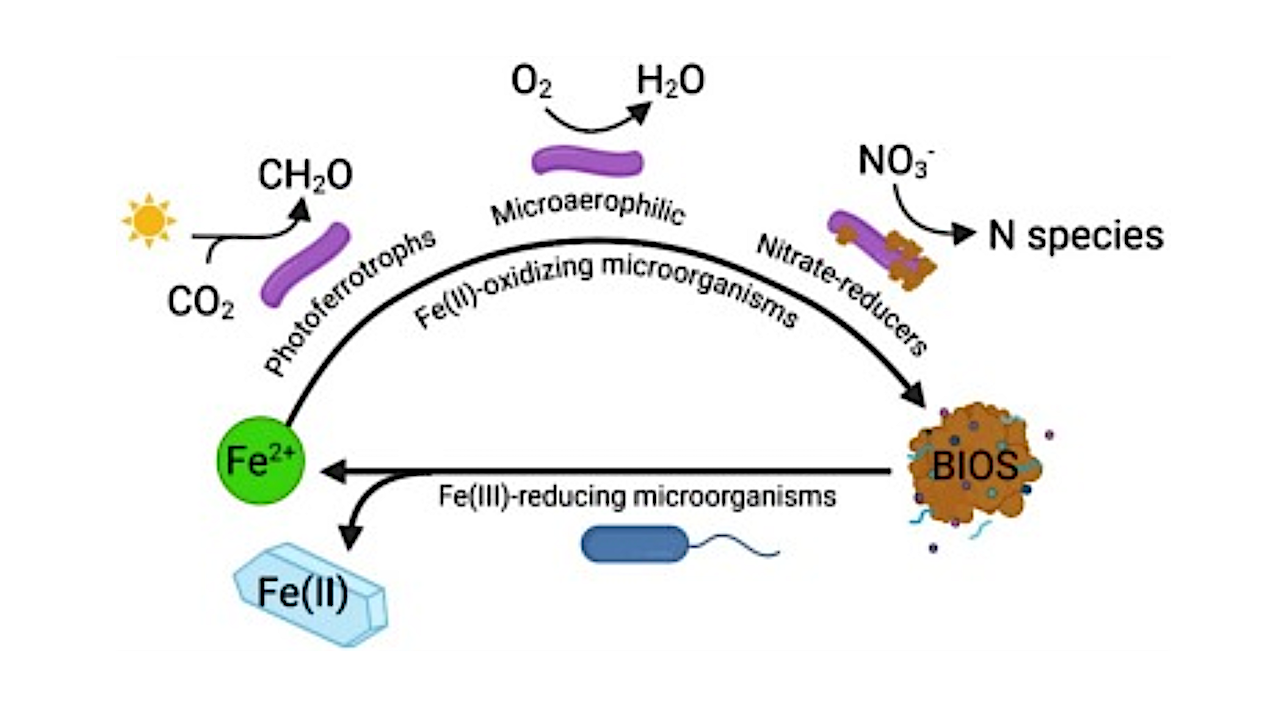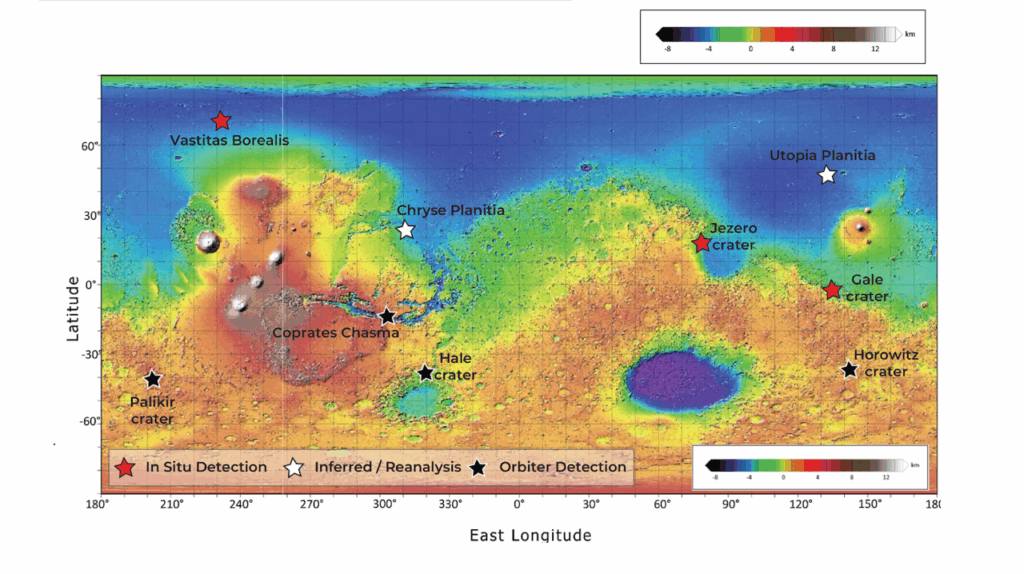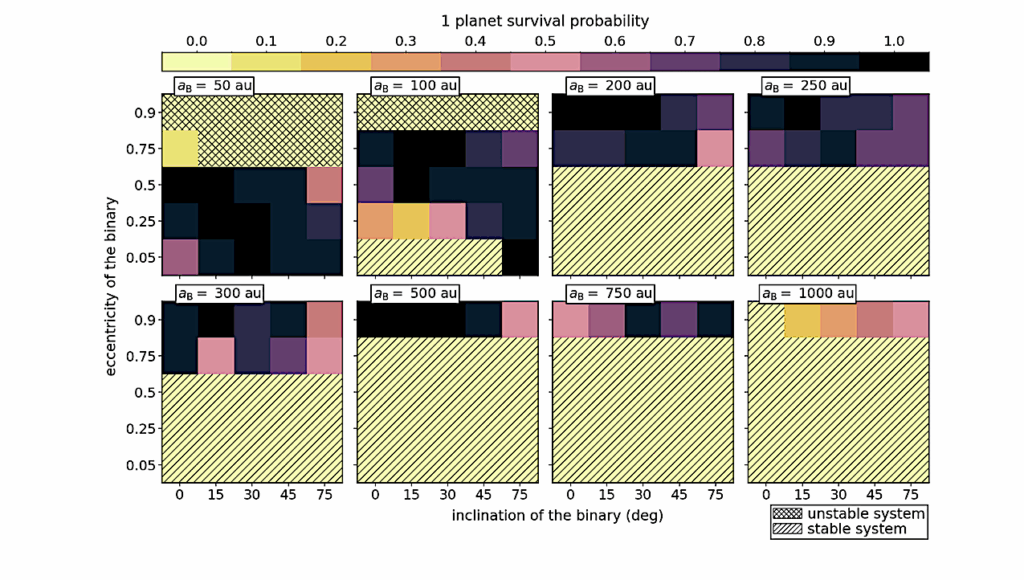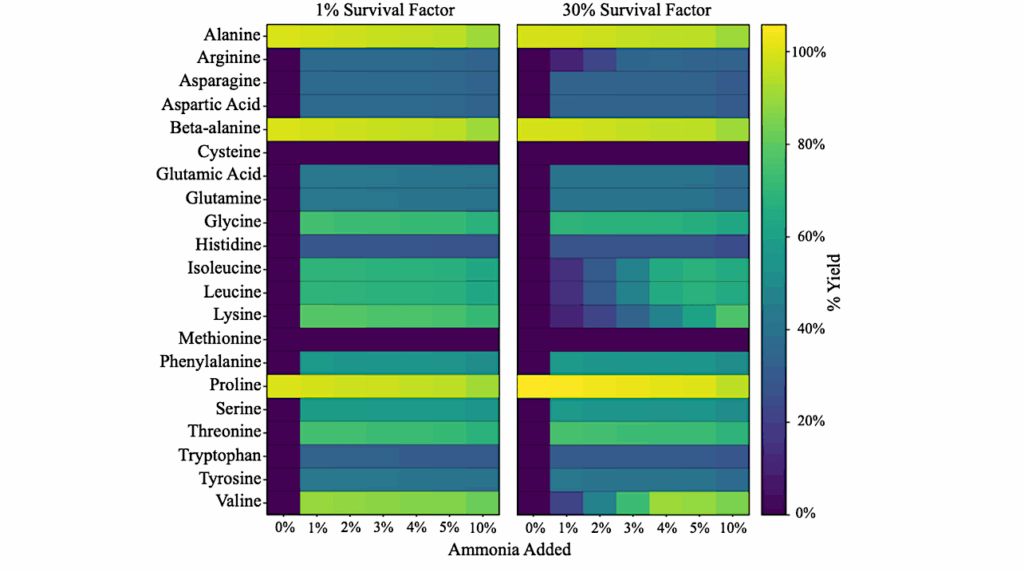Terrestrial Iron Biosignatures And Their Potential In Solar System Exploration For Astrobiology

Iron (Fe) is one of the most abundant elements in the solar system. It plays an important role in life by participating in redox reactions for energy generation (e.g., by Fe(II)-oxidizing and Fe(III)-reducing microorganisms) and as a cofactor in multiple assimilatory metabolisms (e.g., DNA replication).
Fe-metabolizing microorganisms are ubiquitous on Earth, from soils and sediments to deep-sea hydrothermal vents. They catalyze Fe redox transformations between its most common redox species Fe(II) and Fe(III), and couple this to carbon degradation, CO2 fixation, nitrate reduction and photosynthesis, thus linking the biogeochemical cycles of Fe with carbon and nitrogen.
Biogenic Fe (oxyhydr)oxide minerals (BIOS), i.e. the products of neutrophilic Fe(II)-oxidizing microorganisms, are biosignatures of interest on Earth and potentially on other habitable bodies in our solar system, such as Mars and icy moons.
Here, we review the habitats, mechanisms, products and preservation of Fe-metabolizing microorganisms on Earth. We translate this knowledge into a biosignature context for the search of potential Fe-metabolizing microorganisms in the solar system.
- Terrestrial iron biosignatures and their potential in solar system exploration for astrobiology, X-mol.net
- Terrestrial iron biosignatures and their potential in solar system exploration for astrobiology, Earth-Science Reviews
Astrobiology,








